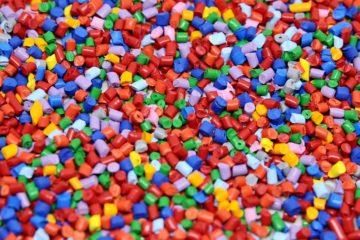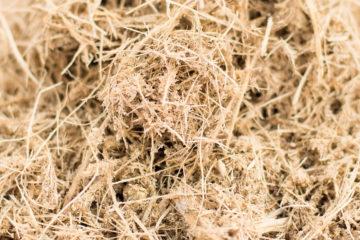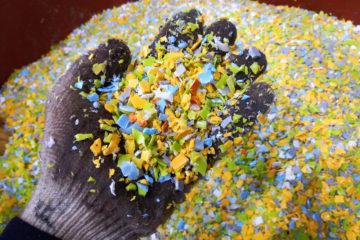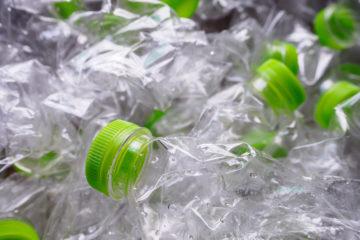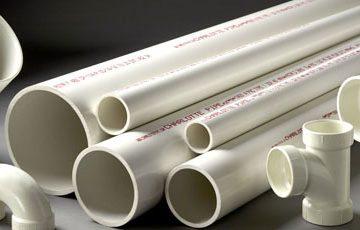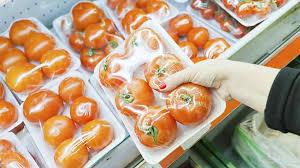
Sugarcane Bagasse
We recently discussed the rise of hemp bio-plastic being used as a plastic alternative and how this could impact injection moulding. Although the usability across the industry is still limited, it is indicative of the growing movement towards alternative plastics.
These alternative, or bio-plastics, are leading the way for the manufacture of products and packaging that are more sustainable to produce and more environmentally friendly to dispose of.
We take a look at 4 plastic alternative that are growing in popularity and may soon have a bigger role to play in manufacturing.
1. Mycelium
Mycelium is essentially the root structure of mushrooms, or the vegetative part of a fungus or fungus-like bacterial colony. It consists of a mass of branching, thread-like hyphae. When these systems of branches are grown in a particular way, or with other materials incorporated into it, they can produce a surprising array of products – including flexible foams and harder composite materials.
Mycelium-based products are biodegrade and will break down over time after their intended product lifecycle. This is in stark contrast to many plastic based materials that take thousands of years to break down.
2. Bagasse
Bagasse is a byproduct of sugar cane processing – it is the fibrous residue of the stalks after they are crushed to extract their juice. The dry pulp is often recycled in sugar cane factories as a biofuel for heat, energy and electricity production, but it is starting to be used as a packaging material, as it can be moulded into packaging suitable for food delivery and food service – similar to polystyrene.
Unlike polystyrene however, bagasse is biodegradable and compostable, making it a much more environmentally friendly option for single-use food packaging.
3. Stone paper and plastic
While the name suggests that this plastic is made of stone, it is a bit deceiving. Often referred to as a bio-plastic paper or mineral paper, it is a strong and durable paper-like material made from bonding calcium carbonate (a common substance found in rocks) with a small amount of resin high-density polyethylene (HDPE).
This combination of substances creates a thin but tough material often used for books, magazines, bags, packaging, tags, in-mould labels, plates, trays, and containers. It is considered more environmentally friendly as the production of stone paper or plastic doesn’t use water, acid, bleach or optical brighteners and the product claims that it can be recycled endlessly.
4. Milk plastic
Creating plastic milk has been a school science experiment for years, but it is only recently that the process has been refined to produce thermoplastic pellets based on milk protein.
Milk contains molecules of the protein casein, which can become a solidified form when the molecules react with certain substances, like vinegar. The casein in milk does not mix with the acid from the vinegar and so it forms blobs.
Innovators like Lactips have manipulated the casein (with their secret industrial process) to create biodegradable thermoplastic pellets. These pellets can then be used as a “raw material for thermoforming, films, or any kind of plastic applications” as they suggest.
Using this protein allows milk plastic to be water soluble, biodegradable, edible, a barrier against oxygen, and also printable.
Subscribe to Our Newsletter
Get the latest news from Dienamics into your inbox
















